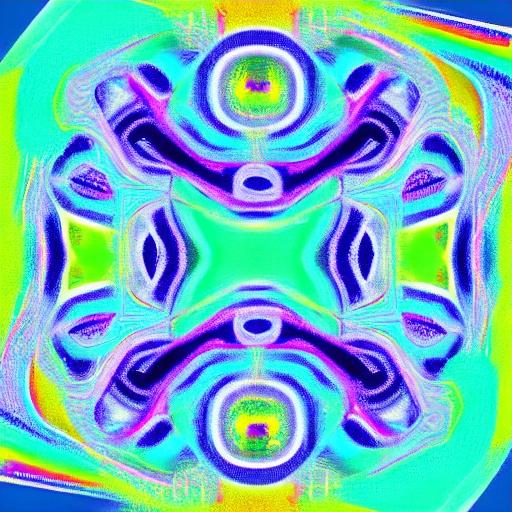You may have heard the term “NFT” being thrown around lately, especially in relation to digital art or collectibles. But what exactly are NFTs, and why are they gaining so much attention?
NFT stands for non-fungible token. Let’s break this down into simpler terms.
First, let’s understand what “fungible” means. In the financial world, if something is fungible, it means it can be exchanged on a one-to-one basis. For example, traditional currencies such as dollars or euros are fungible because each unit is equivalent and can be freely exchanged for another unit of the same value. Similarly, cryptocurrencies like Bitcoin or Ethereum are also fungible because each unit is interchangeable with another unit of the same value.

On the other hand, non-fungible assets are unique and cannot be exchanged on a one-to-one basis. These assets have properties that differentiate them from each other, making them valuable in their own right. Think of items like real estate, artwork, or even your favorite childhood toy. Each of these items has unique qualities that set them apart from one another.
Now, let’s bring it back to the digital world. NFTs are unique digital assets that are authenticated using blockchain technology. This means that each NFT has a digital certificate of ownership, verifying its authenticity and uniqueness. The blockchain acts as a public ledger that permanently records and verifies the ownership and transaction history of each NFT.
What makes NFTs particularly fascinating is their ability to represent ownership of digital creations, such as art, music, videos, or even virtual real estate, in a way that was not previously possible. NFTs allow creators to sell their digital works directly to buyers, eliminating the need for intermediaries like galleries or auction houses.
When you purchase an NFT, you essentially own a piece of digital content, which can be displayed, sold, or traded just like physical assets. However, owning an NFT does not grant you any copyright or intellectual property rights associated with the content itself. It simply proves your ownership of the original item.
NFTs have gained massive popularity, particularly within the art world, because they provide a means for artists to monetize their digital creations. This has opened up a new world of possibilities, allowing artists to connect directly with their audience and earn income from their work. Additionally, NFTs can include royalty mechanisms that ensure artists receive a percentage of future sales, further enhancing their potential as a sustainable revenue stream.
However, despite the hype, there are also valid concerns over the environmental impact and potential for fraud associated with NFTs. The energy consumption of blockchain networks, particularly those using proof-of-work algorithms like Ethereum, has raised concerns about the carbon footprint of NFT transactions. Furthermore, the unregulated nature of the market has led to instances of copyright infringement and scams.
To conclude, NFTs are non-fungible tokens that authenticate the ownership and uniqueness of digital assets using blockchain technology. They offer new opportunities for creators while raising important discussions about sustainability and copyright protection within the digital space.
